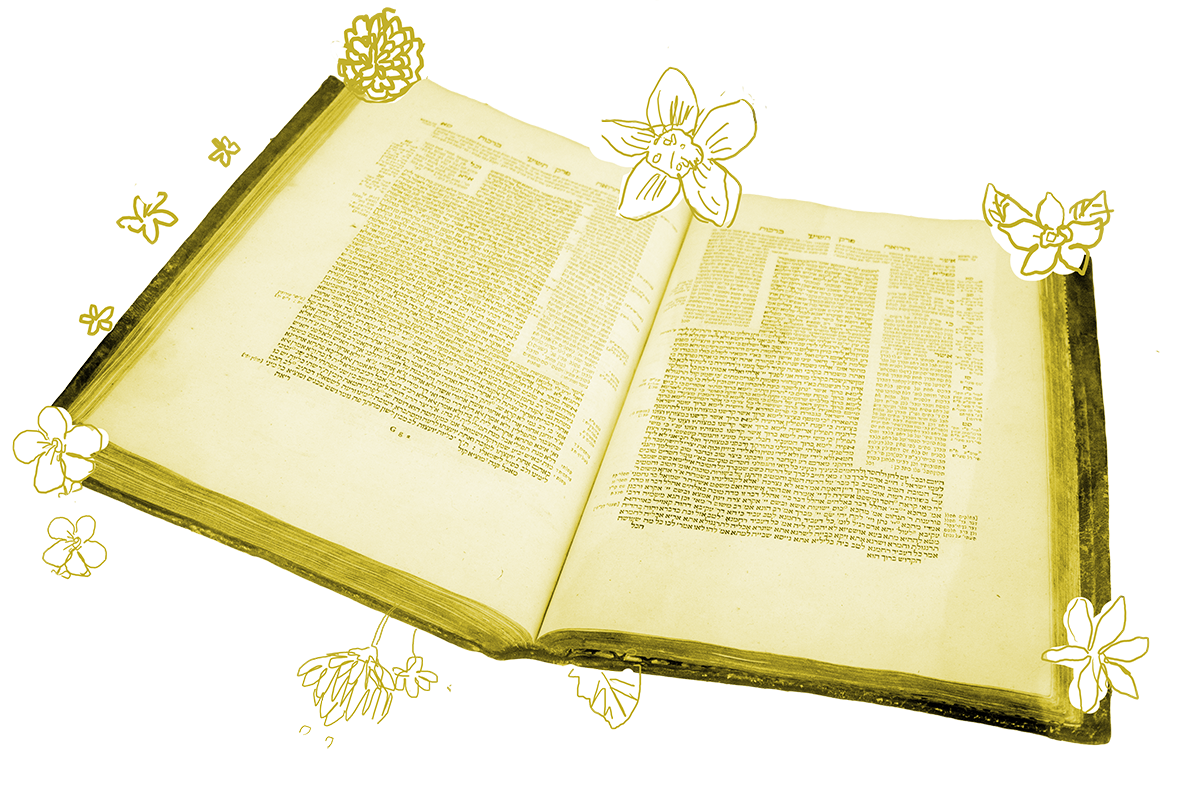The demanding pace of Daf Yomi sometimes makes it hard to notice the seams between the layers of rabbinic literature. But the juxtaposition of two teachings on today’s daf provides an opportunity to pause and take notice.
The mishnah tells us of a rabbinic dispute in a case where someone was caught out of town when Shabbat begins and only notices after nightfall that there is a town nearby. According to Rabbi Meir, such a person is forbidden from entering the town on Shabbat because they had not intended to establish a residence there on Shabbat. Rabbi Yehuda disagrees and says the person is allowed to enter the town. He bases this opinion on precedent: Rabbi Tarfon, a leading sage of an earlier generation, was once in such a situation and entered the town on Shabbat even though he had no prior intention of establishing his Shabbat residence there.
The mishnah does not describe the case of Rabbi Tarfon in detail, but we learn more from a baraita that is related in the Gemara.
It was taught in a baraita that Rabbi Yehuda said: It once happened that Rabbi Tarfon was walking along the way on Shabbat eve, and night fell upon him, and he spent the night outside the town. In the morning, cowherds who came to graze their cattle outside the town found him and said to him: Master, the town is before you; enter. He entered and sat in the study hall and taught the entire day. This indicates that one is permitted to enter.
The other rabbis said to Rabbi Yehuda: Do you bring proof from there? Perhaps he had it in mind the day before to acquire residence in the city, or perhaps the study hall was subsumed within his Shabbat limit.
The fuller version of the story demonstrates that Rabbi Tarfon did not intend to establish a residence in the town on Shabbat — after all, he went to bed outside the town. And it implies that he was not aware of the town’s proximity until the cowherds pointed it out. These details make clear that Rabbi Tarfon was in the same situation we find in the mishnah. The expanded story supports the opinion of Rabbi Yehuda.
With your help, My Jewish Learning can provide endless opportunities for learning, connection and discovery.
But the final section of the baraita casts doubt on this by citing two alternate explanations. Perhaps Rabbi Tarfon had in fact intended to establish his residence in the town on Shabbat. Or perhaps the study hall was within the 2,000 cubit limit one is permitted to travel outside a town on Shabbat. In bringing these alternate explanations, the baraita ultimately weakens Rabbi Yehuda’s position by undermining the precedent that supports it.
It is traditionally believed the baraitas date from the period after the Mishnah was codified and help to clarify mishnaic teachings or present different resolutions to rabbinic disputes. But recent scholarship has begun to suggest that baraitas actually pre-date the Mishnah. If that is the case, we would read this passage of Talmud rather differently.
Rather than adding details to explain Rabbi Yehuda’s use of the Rabbi Tarfon anecdote to support his position, a pre-mishnaic baraita would suggest that the fuller version of the story was known in rabbinic circles. The mishnah could leave out the details because the rabbis were capable of filling them in for themselves. The absence of the last section in the mishnah, which records the dissenters from Rabbi Yehuda’s view, would then be revealed as an editorial choice: the editor of the Mishnah favored Rabbi Yehuda’s position and left out arguments that would undermine it.
It is worth noting that despite the fact that the Gemara resurfaces these arguments, the authority granted to the Mishnah by later authorities leads them to rule according to Rabbi Yehuda in this matter. Which is good news if you find yourself stranded on the outskirts of a town when Shabbat arrives. Even if you didn’t mean to spend the night there, you can!
Read all of Eruvin 45 on Sefaria.
This piece originally appeared in a My Jewish Learning Daf Yomi email newsletter sent on September 23, 2020. If you are interested in receiving the newsletter, sign up here.



